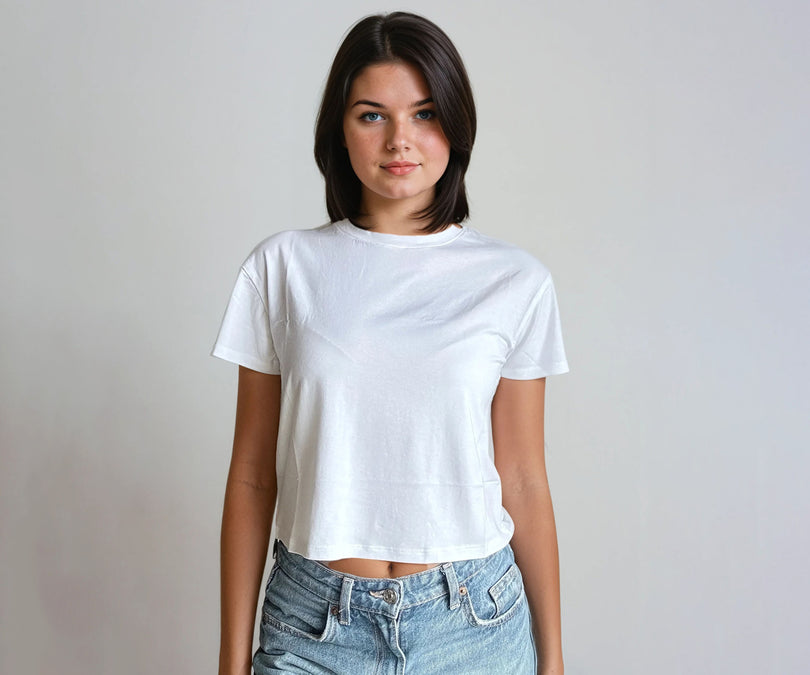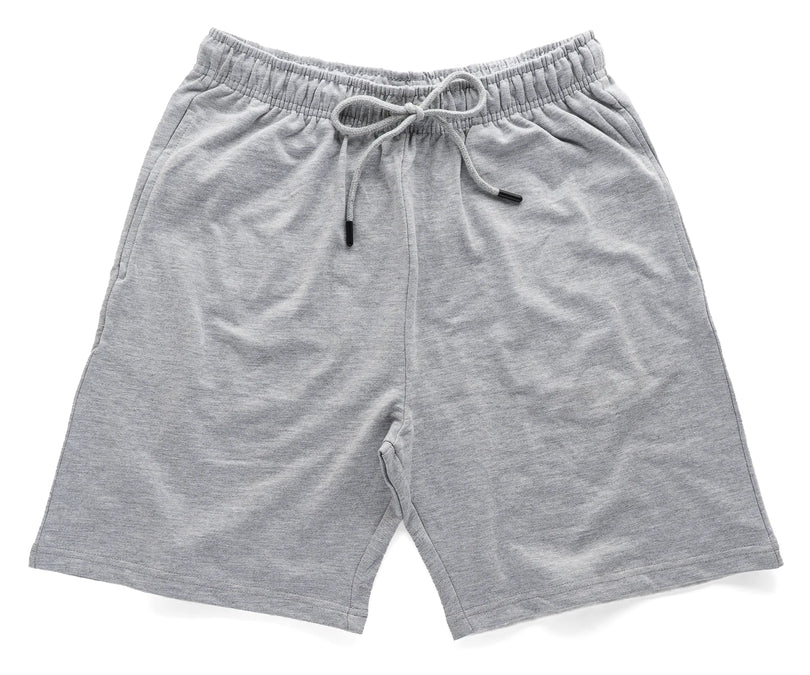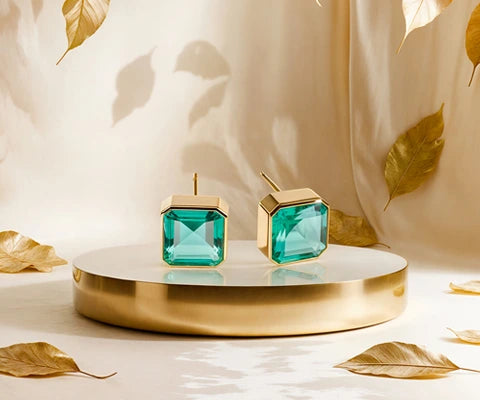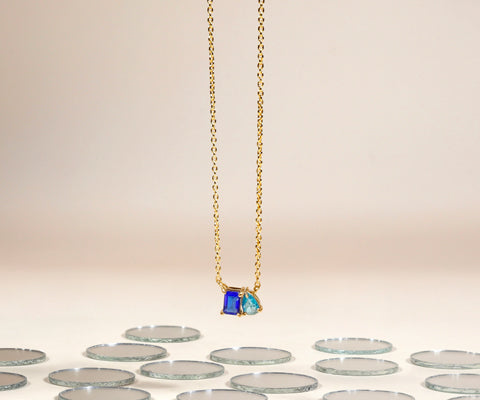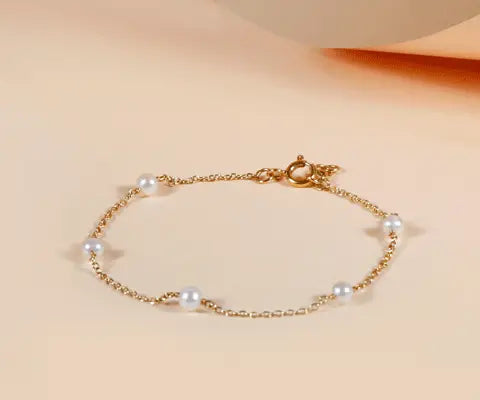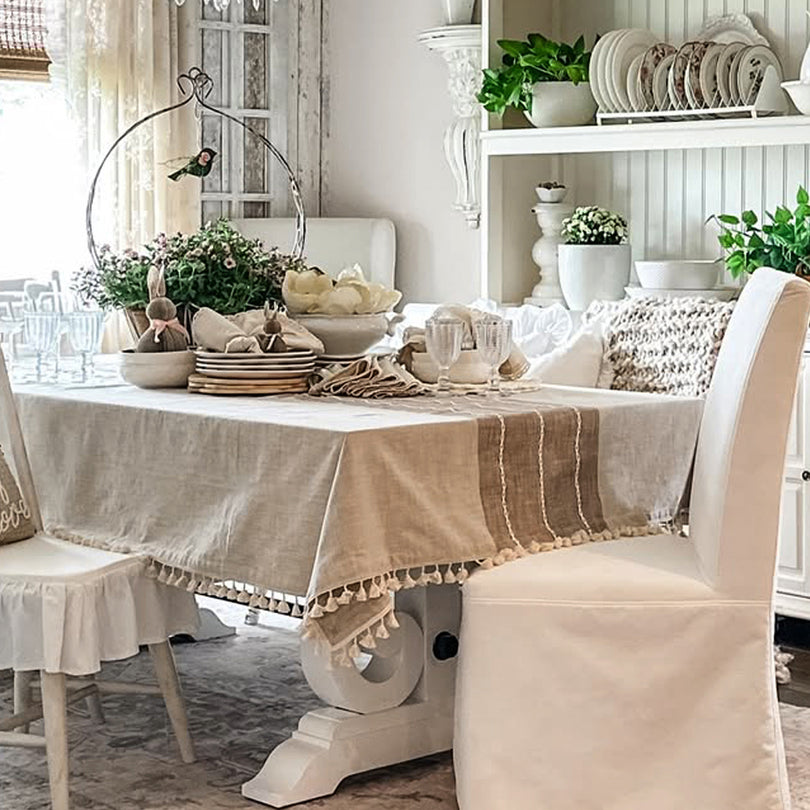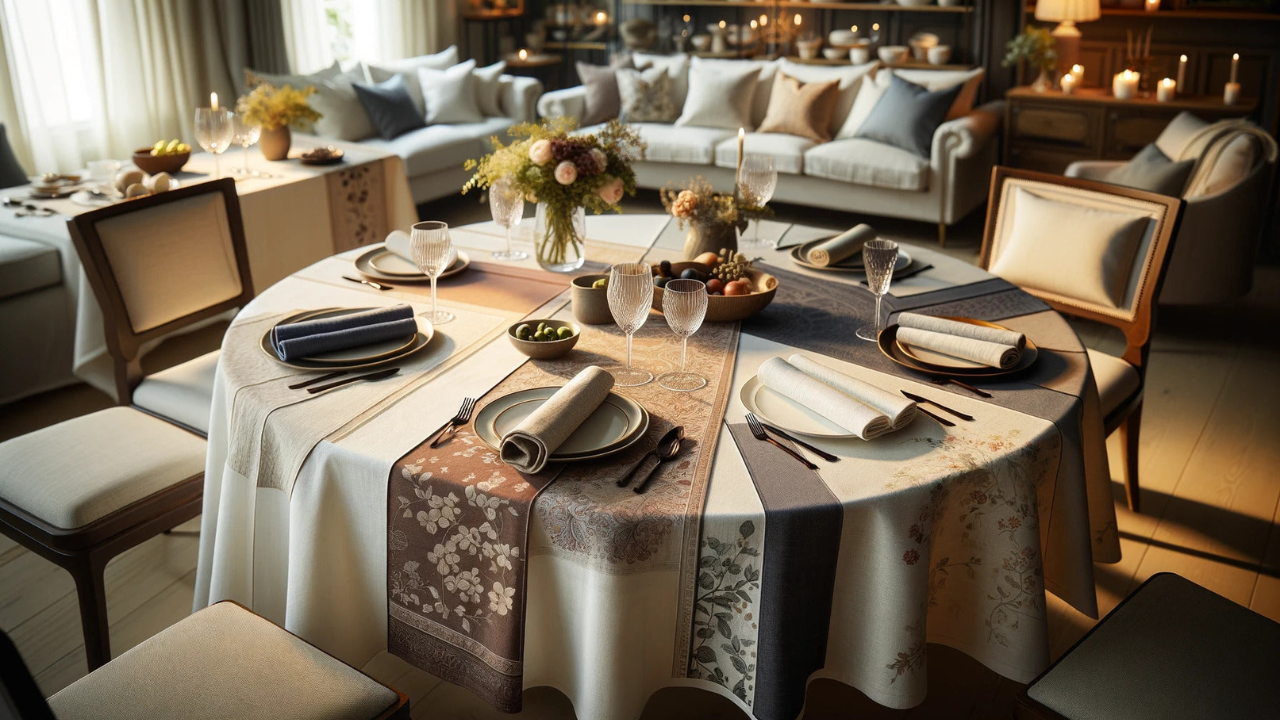Understanding Tablecloth Material Properties
 When shopping for a tablecloth, keep these key properties in mind:
When shopping for a tablecloth, keep these key properties in mind:
-
Durability: How well does the fabric withstand wear, laundering, and spills?
-
Stain Resistance: Can it repel liquids, or will it absorb spills easily?
-
Wrinkle Resistance: Does it hold crisp lines for formal events or relaxed folds for casual settings?
-
Drape: How gracefully does the fabric fall over your table?
-
Ease of Care: Is it easy to wash, dry, and iron, especially for busy lifestyles?
Top Tablecloth Materials and Their Superpowers

1. Cotton Tablecloth
A classic choice, cotton is breathable, soft, and natural. It’s easy to care for but can wrinkle and stain more easily.
Best Use: Everyday meals, casual gatherings.
Tip: Explore striped or patterned cotton tablecloths for farmhouse or rustic flair.
2. Linen Tablecloth
Linen is luxurious, with a natural drape and elegant appearance. It’s ideal for formal events but can be pricey and requires delicate care.
Best Use: Weddings, holiday dinners, and formal occasions.
3. Polyester Tablecloth
Durable, stain-resistant, and wrinkle-free, polyester is a practical everyday option.
Best Use: Family meals, outdoor dining, and busy households.
4. Vinyl Tablecloth
Waterproof and easy to clean, vinyl protects against spills but can feel less elegant.
Best Use: Picnics, casual meals, or messy eaters.
5. Blends
Blended fabrics like cotton-polyester offer a balance of durability, softness, and wrinkle resistance.
Best Use: Versatile for both casual and semi-formal occasions.
Read Related: 2025's Top Tablecloth Trends: Spruce Up Your Dining Space
Beyond Material: Choosing the Right Tablecloth
Consider these factors when selecting your ideal tablecloth:
-
Event Formality: Linen or damask for formal dinners, cotton or vinyl for casual meals.
-
Style Preference: Match your tablecloth to your decor rustic, modern, or classic.
-
Budget: Tablecloth prices vary based on material, size, and brand. Set a realistic budget before shopping.
Tablecloth Care Tips for Lasting Beauty
-
Follow washing, drying, and ironing instructions on the label.
-
Treat spills immediately to prevent permanent stains.
-
Store tablecloths in a cool, dry place to avoid damage.
With the right knowledge, choosing the best tablecloth becomes easy. The right fabric can turn a simple meal into a stylish, memorable dining experience.

